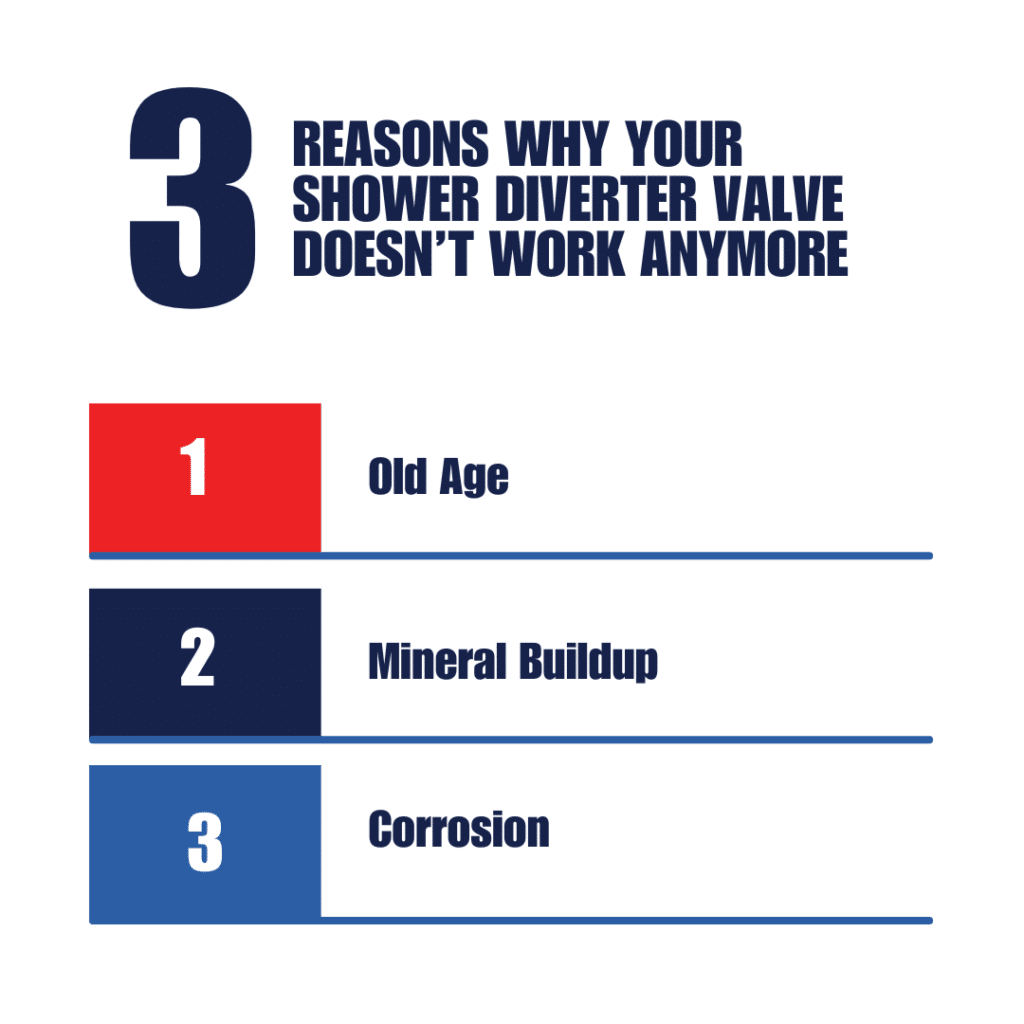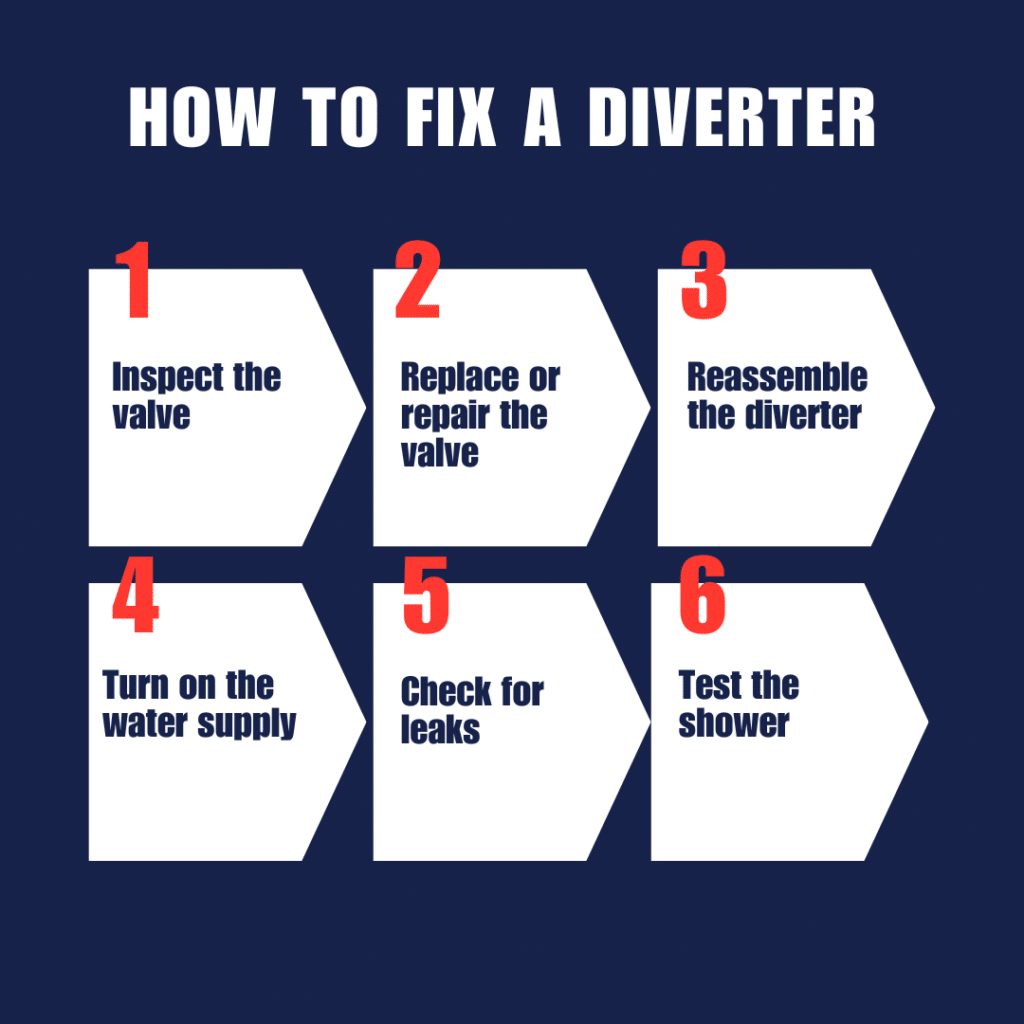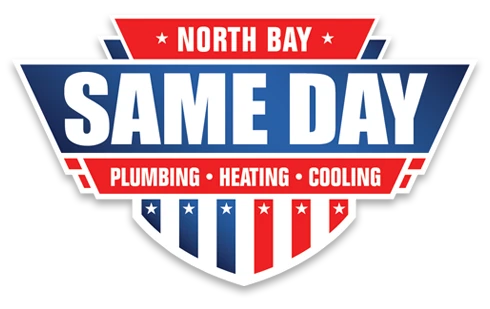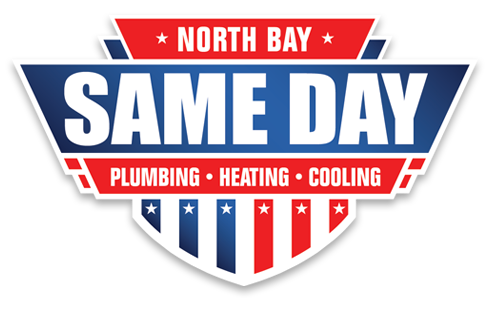Shower Diverter Valve Not Working: A Guide
Quick Summary: A shower diverter allows water to switch between the tub faucet and showerhead. Over time, it may malfunction due to old age, mineral buildup, or corrosion, leading to reduced water flow or leaks. Different types of diverter valves, like two-valve and three-valve, may require specific troubleshooting. Regular maintenance can prevent costly repairs, but if issues persist, a professional plumber may be needed to replace worn-out components or perform plumbing repairs. Knowing the signs of wear and addressing them early ensures your shower diverter functions smoothly and maintains an efficient water flow in your home.
A shower diverter is a crucial component that allows you to switch the flow of water between your tub faucet and shower head. When it malfunctions, it can disrupt your bathing experience and lead to frustration. Understanding the reasons behind a malfunctioning diverter is essential before attempting any repairs or purchasing a repair kit. Reasons for failure can range from mineral build up due to hard water, to improper installation and more. Read through our guide below to determine why your diverter valve is not working, and what may be causing the issue.
What Is A Shower Diverter?
A shower diverter is a small yet vital component of your shower system, designed to regulate the flow of water between your bathtub faucet handle and the shower head. It plays a crucial role in ensuring a seamless transition from bathing to showering, providing convenience and functionality in daily routines. Typically installed within the plumbing infrastructure, the diverter permits users to easily switch from one water source to another, allowing for an efficient use of water based on personal preference or needs. Essentially it splits the water from the tub spout to the shower head. Despite its diminutive size, it serves a significant purpose by enhancing user experience and optimizing the overall bathing process.

Why Doesn’t My Shower Diverter Valve Work Anymore?
There are several reasons why your shower diverter valve may have stopped working. The regular flow of water between the tub spout and shower head can be hindered due to factors such as mineral build up, old age, and corrosion. While the type of shower diverter may create an issue, and common types may have different issues, these three below are typically the main culprits.
Old Age
Even the highest quality shower diverter handles are not immune to the passage of time and the wear and tear that comes with regular use. While they are designed to provide seamless transitions between bath and shower settings, factors such as general deterioration can compromise their functionality. When you notice that your shower diverter is no longer operating smoothly or has completely failed, it’s essential to assess whether a repair can restore its performance or if it has reached the end of its lifespan. In many cases, worn-out components may lead to leaks or improper water flow, indicating that more than just minor adjustments are needed.
Mineral Buildup
Living in an area with hard water can lead to various plumbing challenges, particularly with fixtures such as tub faucets and showers. One of the most common issues associated with hard water is mineral buildup, which occurs when dissolved minerals—primarily calcium and magnesium—precipitate out of the water and accumulate on surfaces over time. This accumulation can significantly affect the functionality of shower diverters, resulting in them becoming clogged or malfunctioning. When this happens, users may find that their diverter fails to redirect water flow between the tub faucet and shower head effectively, disrupting their bathing experience.
Corrosion
Corrosion is a common issue that can arise with broken shower diverter valves, often resulting from prolonged exposure to water and the metallic components’ susceptibility to rust. This decay process not only compromises the functionality of the diverter but may also lead to unsightly stains and weakened structural integrity. Attempting to repair a rusted or corroded shower diverter valve can be frustrating, as surface-level fixes often provide only temporary relief. When corrosion takes hold, it can manifest in deteriorating parts that easily break or become stuck, rendering your shower’s operation unreliable and inconvenient.

How To Fix A Diverter
Fixing a shower diverter can often restore both hot and cold water flow and efficiency, saving you from costly repairs or the inconvenience of an ineffective system. The first step is to soak the spout in white vinegar, which helps dissolve any mineral buildup that may hinder its performance. Before starting this process, ensure to cover your drain to prevent any small parts from falling in during disassembly. After letting the spout soak for a while, you can proceed to remove it carefully. It’s usually secured with screws or simply unscrews by hand, depending on the model. Once freed from its position, you’ll be able to access and examine the diverter mechanism located inside.
From there you will want to take the following steps:
- Inspect the Valve: Examine the diverter valve for any visible signs of damage, such as cracks, wear, or corrosion. If the valve is damaged, it will need to be replaced.
- Replace or Repair the Valve:
- If the diverter valve is damaged, purchase a replacement that matches your current setup. Install the new valve by screwing it into place.
- If the valve is only slightly worn or clogged, you might try cleaning it thoroughly and replacing any worn washers or O-rings.
- Reassemble the Diverter: Once the valve is repaired or replaced, screw it back into place securely. Then, reattach the diverter knob by aligning it with the valve stem and securing it with the screw.
- Turn On the Water Supply: Turn the water supply back on and test the diverter by switching between the tub spout and the shower head to ensure it’s working properly.
- Check for Leaks: Observe the diverter and surrounding area for any leaks. If you notice any, tighten the connections or recheck the installation. Be sure that your system has a watertight seal.
- Test the Shower: Run the shower for a few minutes, switching between the tub spout and shower head, to ensure the diverter is functioning correctly, there are no leaks, and water pressure seems normal.
Types of Shower Diverter Valves
Shower diverters come in a variety of designs, each catering to different plumbing systems and needs. The most common types include the three-valve diverter, two-valve diverter, and single-valve diverter. A three-valve diverter is typically used in showers where there are separate hot and cold water controls, while a two-valve diverter is generally seen in simpler systems. These diverter valves allow for seamless switching of water flow between the tub faucet and the showerhead. Understanding the type of shower diverter in your home is crucial for troubleshooting and maintenance.
Common Signs of a Faulty Shower Diverter
Knowing the signs of wear on a shower diverter can help prevent more severe plumbing issues down the line. Symptoms of a failing diverter can range from a reduced flow of water to the bathtub spout, to difficulty switching between the shower and tub. In some cases, water may flow from both the showerhead and tub faucet simultaneously, indicating a malfunctioning diverter mechanism. If left unchecked, these issues can lead to water waste and increased energy bills. Regular maintenance is essential to avoid costly repairs and ensure that the diverter valve functions smoothly.
When to Call a Professional
While some homeowners may feel comfortable attempting plumbing repairs, replacing or repairing a shower diverter valve can be complex. Issues like internal components wearing out, or a diverter gate becoming stuck, may require the skills of a licensed plumber. If you notice significant water flow issues or persistent leaks, it’s time to contact a professional. Experienced plumbers can assess whether a simple fix or a replacement diverter valve is necessary, ensuring your plumbing system remains efficient and functional.
Overall, if you are experiencing a broken diverter valve you should contact a professional plumber. Depending on the different types of diverters, water damage, and other common issues, you may need more care than others. Whether it is a replacement diverter valve that you need, other plumbing components, and more, Same Day Heating, Cooling, and Plumbing is here to help! Our certified experts are always around and ready to help with any problems that you may have!

